Amazing lost treasures that could still be found
Fabled treasures that could still be found

Ark of the Covenant

The Ark of the Covenant is considered one of the most sacred objects in the Bible, built by the Israelites around 3,000 years ago to house the stone tablets that the Ten Commandments were written on. It is linked to numerous miracles in the Old Testament, and interpretations of what the golden chest may look like can be found across biblical artwork, such as in The Ark Passes Over the Jordan, which was painted by James Tissot in 1902 (pictured).
Ark of the Covenant

But when the Babylonian Empire defeated the Israelites in the 6th century BC, all mention of the Ark disappeared. What really happened to the Ark of the Covenant remains a mystery, but there are hopes that it has simply remained well-hidden all these years. There are whisperings that the Ark could be concealed within the St Mary of Zion Cathedral in Ethiopia (pictured) but it has never been seen or confirmed by experts. Or that it was buried under the First Temple in Jerusalem, which is where the sacred Dome of the Rock shrine lies today, making digging to look for it impossible. However, the chest may have been stolen or, worse, destroyed.
Padmanabhaswamy Temple treasure

Known as the richest temple in the world, Padmanabhaswamy Temple in Kerala, India houses several underground vaults filled with unbelievable treasures. In 2011, when one of the secret chambers was finally opened after centuries, gold jewelry, ornaments, crowns and precious stones estimated to be worth $22 billion were found. Overall the temple could hide treasures worth up to $1 trillion, researchers believe.
Padmanabhaswamy Temple treasure

There's a problem though. Nobody will dare open the remaining vaults. According to an ancient legend, the treasure is protected by two giant serpents and anyone who opens the doors will be cursed.
Flor de la Mar

A number of lucrative shipwrecks have been discovered of late, including the famed San José Spanish Treasure Galleon, but the Flor de la Mar, which was lost off the coast of Sumatra, Indonesia in November 1511, is still out there.
Flor de la Mar
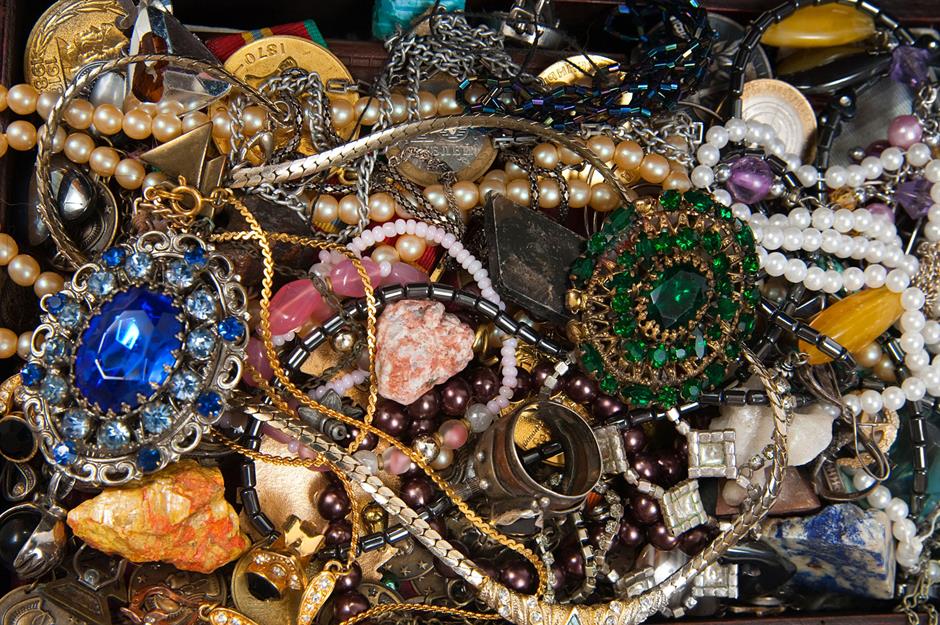
The 400-ton Portuguese vessel was laden with lavish treasures, including gold goblets, precious jewels and vast amounts of gold bullion worth $2.6 billion in today's money. But for now they remain lost to the sea.
Treasure of the Llanganates

Treasure of the Llanganates

According to legend, Inca general Rumiñahu, who was transporting the gold and silver, buried the stash in a cave or dumped it in a lake in Ecuador's Llanganates Mountains. Archaeologists are divided as to whether the hoard is still out there, but that hasn't stopped adventurer after adventurer trying their luck. Could 2021 be the year it's found? Time will tell.
San Miguel

San Miguel

Shipwreck hunters have been looking for the San Miguel for centuries yet the wreck remains undiscovered. The search in the seas around the Dominican Republic is ongoing however, so there's a chance that the treasure-laden vessel could be found.
Merchant Royal
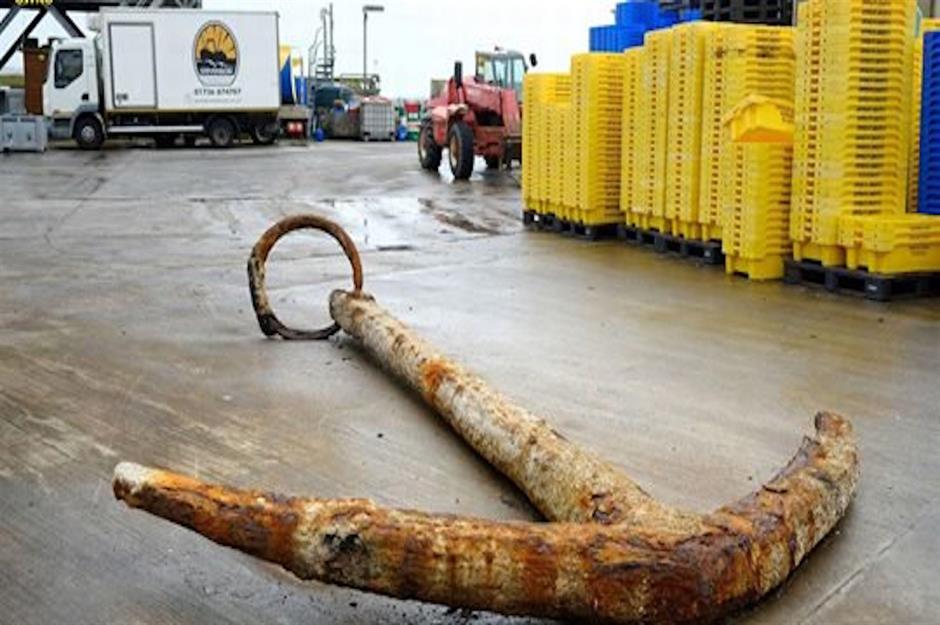
The anchor from what is thought to be the most valuable shipwreck ever was found off the coast of Cornwall, England in March 2019, giving treasure hunters a hint to where its load – worth more than $1.5 billion – might be.
Merchant Royal
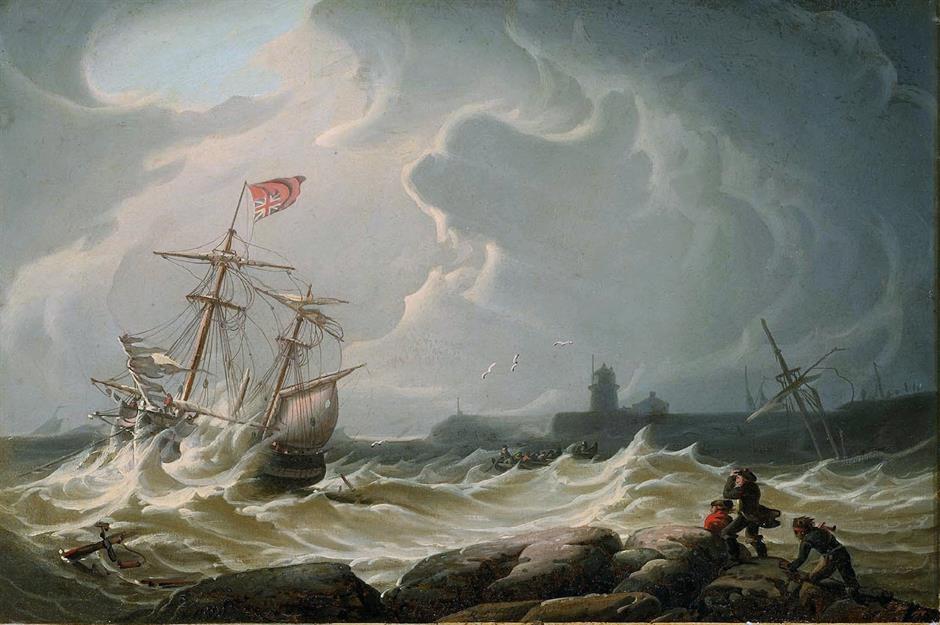
Oak Island Money Pit Treasure
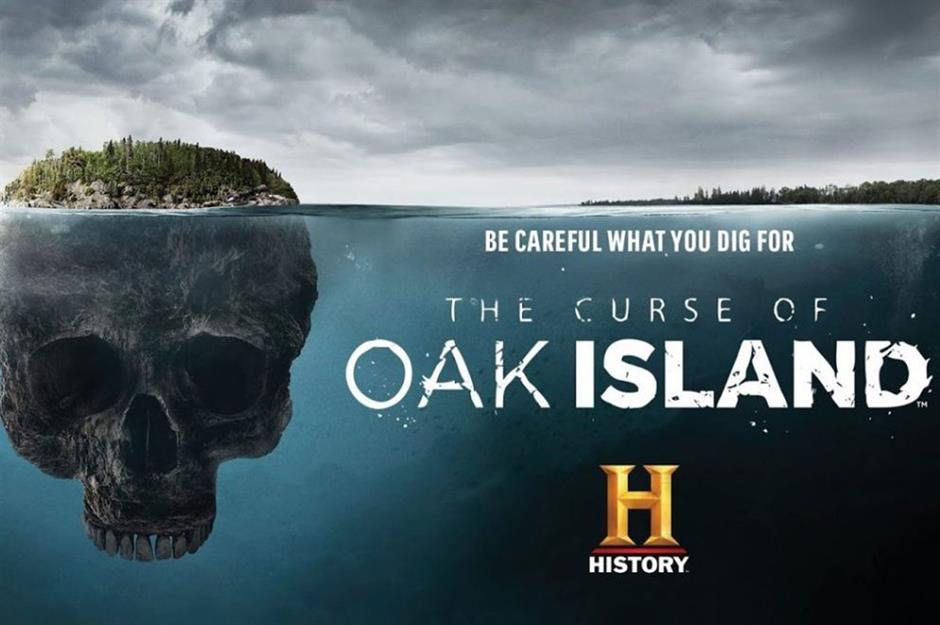
This fabled treasure, which is said to be buried in the booby-trapped 'money pit' on Oak Island in Nova Scotia, Canada has thwarted adventurers for three centuries, and has been the subject of a History Channel TV show, which has recently entered its eighth season.
Oak Island Money Pit Treasure

The show's treasure hunters hit the jackpot in early 2018 when they unearthed actual treasure on the site: a gemstone-studded brooch. Gold has since been discovered on the island, increasing the probability of further discoveries. If the theories are to be believed, everything from millions in cash to Shakespeare's lost folios, Queen Marie Antoinette of France's jewels and even the Holy Grail are buried on the island.
Blackbeard’s treasure
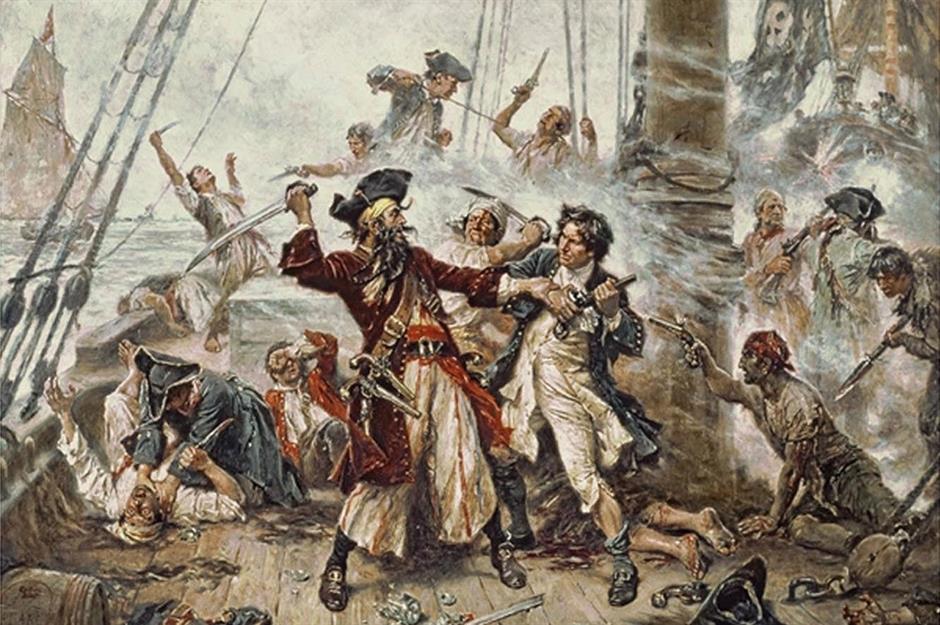
Blackbeard’s treasure
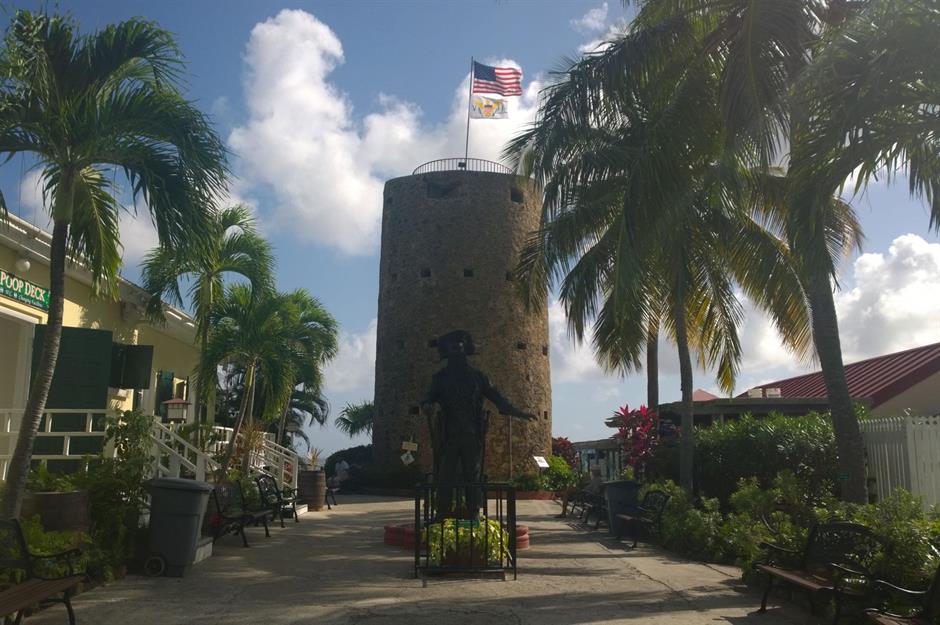
Some of the pirate’s thieved goods surfaced in 1996 when his shipwreck was excavated, and among the treasures was a diamond-encrusted wine glass stem adorned with gold crowns. Treasure hunters weren’t satisfied with the find however, and many believe that most of the riches are still out there somewhere, scattered across Blackbeard’s various stomping grounds. Blackbeard’s Castle on the US Virgin Island of St. Thomas (pictured) and Plum Point in North Carolina have been named as possible hiding spots.
Mosby’s Stolen Civil War Treasure
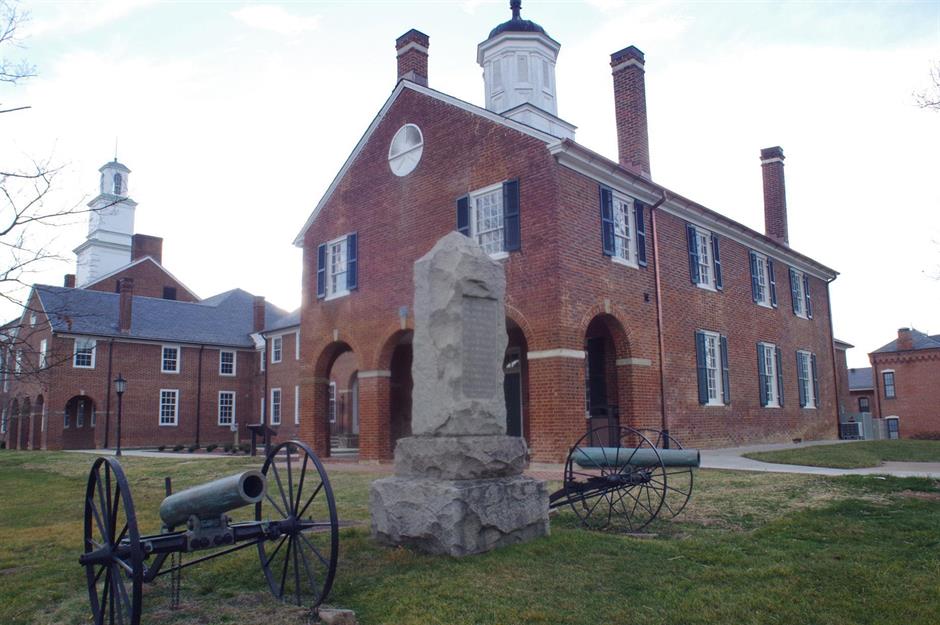
The American Civil War saw countless treasures stolen, and millions of dollars’ worth is believed to be lost to this day. One particularly ambitious thief, Confederate ranger John Singleton Mosby, gathered a team of accomplices and together they launched a night raid on the Fairfax County Courthouse, Virginia in 1863. Inside the building they found a sack of gold, silver and jewels belonging to the county’s most prominent families, and the audacious crew made off with the bag of treasure, which is believed to have a value of $6 million in today’s money.
Mosby’s Stolen Civil War Treasure

As the gang escaped back to the Confederate lines, Mosby (pictured) decided that burying the treasure was the best way to avoid being captured by Union soldiers, who would then undoubtedly confiscate the sack of jewels. A couple of months later Mosby sent some of his men back to retrieve the treasure, but they were caught and hanged by soldiers. The frontman of the operation never made it back to his loot, and the stash is still buried there today.
Looted Civil War Confederate Gold

Looted Civil War Confederate Gold

The two keen treasure hunters, Kevin Dykstra and Frederick J. Monroe, have been piecing together the mystery based on a deathbed confession from a local lighthouse keeper in 1921. He claimed that the bullions had been stashed onto a train boxcar and smuggled north, in the direction of Lake Michigan. It was then loaded onto a ferry, but for unknown reasons it was thrown overboard. Dykstra and Monroe claimed to have found one of the many gold bars, but their find is unconfirmed. If the story is true, there's gold aplenty still waiting to be found.
Jesse James’ gold

Jesse James’ gold

Flagstaff outlaws’ loot

Wells Fargo’s treasures fell into the hands of criminals yet again on 10 May 1881, when a stagecoach full of silver and gold bars was looted in the mountains near Flagstaff, Arizona. The value of the hoard is believed to be more than $3 million in today’s money. One of the bank’s employees is rumored to have tipped off the crooks, allowing them to find the vehicle as it traveled to a branch in San Francisco. Local sheriffs and army cavalry chased the bandits to a remote cabin in the mountains, and a frenzied shootout followed.
Flagstaff outlaws’ loot

Lost Dutchman's Gold Mine

America's most famous lost mine, the Lost Dutchman's Gold Mine is said to be located somewhere in Arizona's rugged Superstition Mountains. The mine is named after 19th-century immigrant Jacob Waltz, who reportedly left gold there worth around $200 million in today's money.
Lost Dutchman's Gold Mine
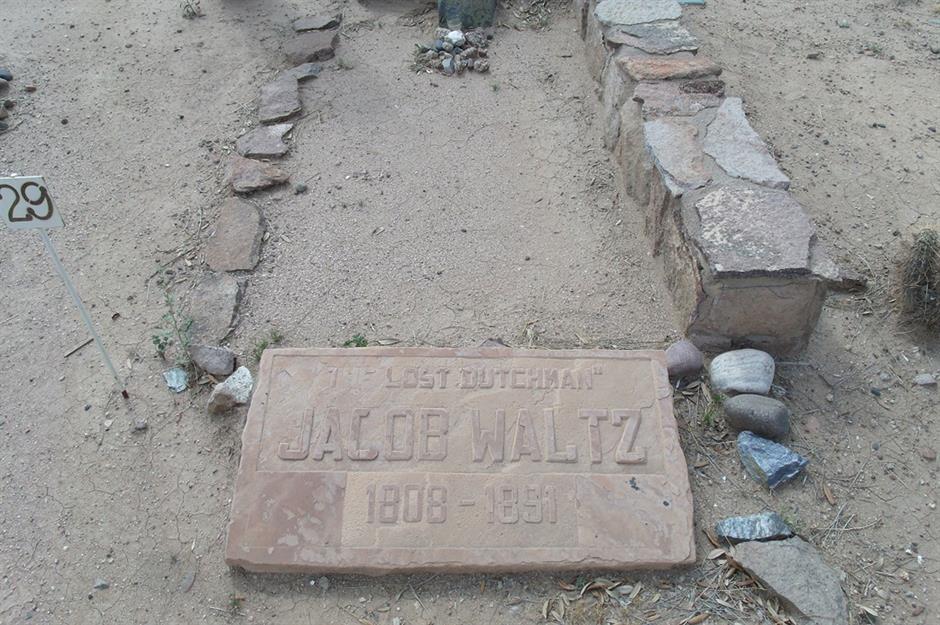
An estimated 500 adventurers have died looking for the mythical treasure, making the search for Lost Dutchman's Gold Mine the most dangerous treasure hunt in the world. Here's hoping the treasure is found soon, so the deadly search can be called off once and for all.
Lost Imperial Fabergé eggs
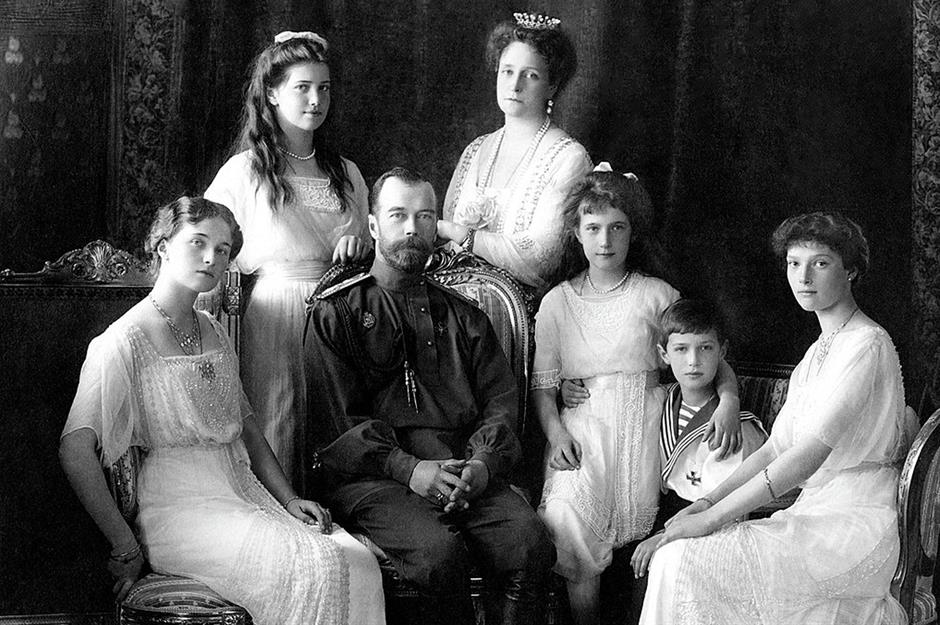
Lost Imperial Fabergé eggs
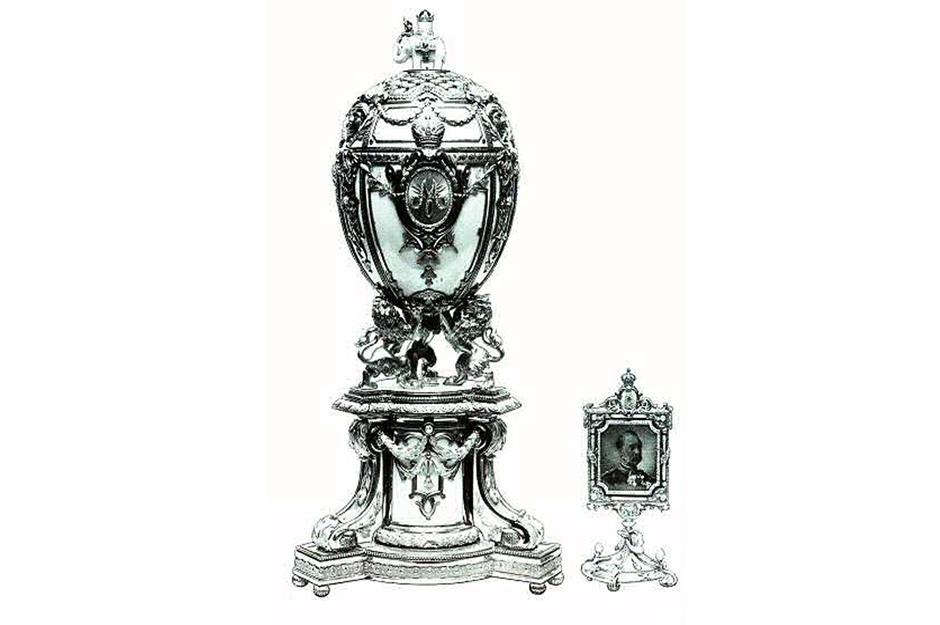
Crown Jewels of Ireland

Crown Jewels of Ireland
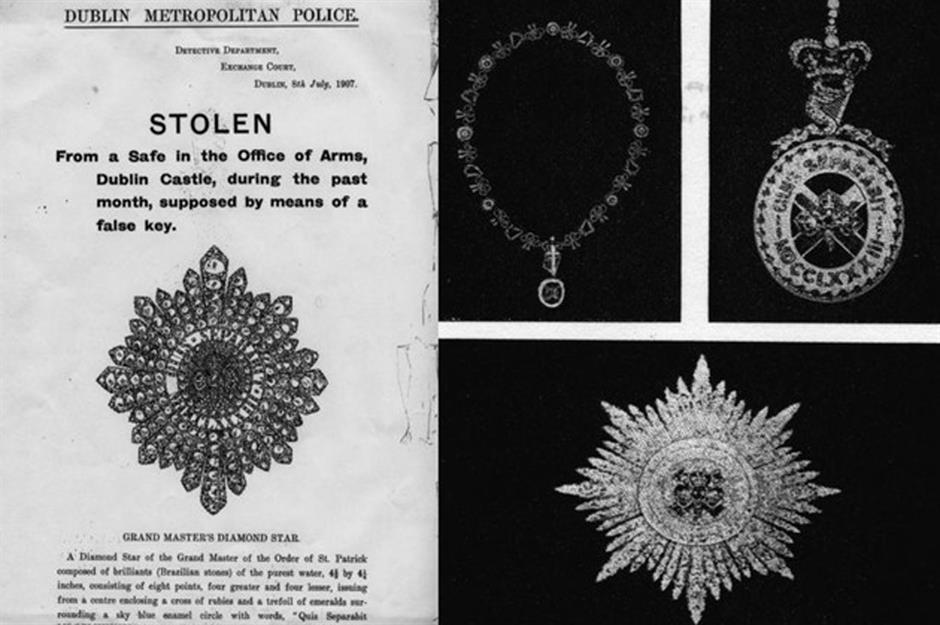
Police have used metal detectors to search for the $20 million jewels at several sites in the Wicklow Mountains, but the luck of the Irish hasn't been on their side. It's illegal for civilians to metal detect for historical items in Ireland, making it almost impossible for the average person to find this lost treasure, so hope is pinned on the authorities.
Van Eyck’s The Just Judges Panel

Hubert and Jan van Eyck’s Adoration of the Mystic Lamb has been described as the “most stolen artwork of all time”, after disappearing multiple times since its conception in the 15th century. First the 12-panel piece was nearly burned by the Calvinists, then it was stolen by Napoleon, and then taken yet again during World War I. The panel, depicting the so-called Just Judges, was stolen from the Saint Bavo Cathedral in Ghent, Belgium in April 1934, and more than 85 years later its whereabouts remains unknown.
Van Eyck’s The Just Judges Panel
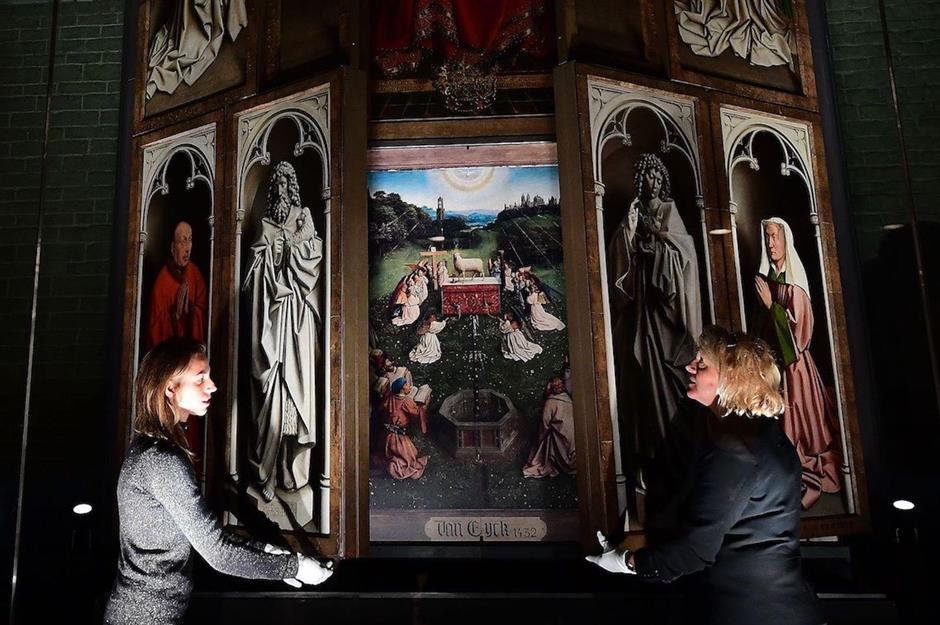
The other 11 panels have since returned to the Belgian cathedral, having been stolen yet again during World War II. The suspected thief of the remaining panel, Arsène Goedertier, was denied the one million Belgian francs he asked for in ransom money, and refused to reveal where he had hidden the artwork even as he lay on his deathbed. The latest update in the case is that experts believe the painting could lie beneath one of the major squares in Ghent, but the location hasn’t been investigated further as authorities are reluctant to dig up the paving stones. Until they change their minds, the disappearance of the Just Judges panel remains a mystery.
Raphael’s Portrait of a Young Man

This portrait by Raphael is widely regarded to be the most important painting to have gone missing since World War II. Painted in 1513-14, Portrait of a Young Man was stolen from the Czartoryski Museum in Krakow, Poland by the Nazis in 1939. The Third Reich plundered an estimated 20% of European art during the war, and much of it remains missing today.
Raphael’s Portrait of a Young Man

Rembrandt’s An Angel with Titus’ Features
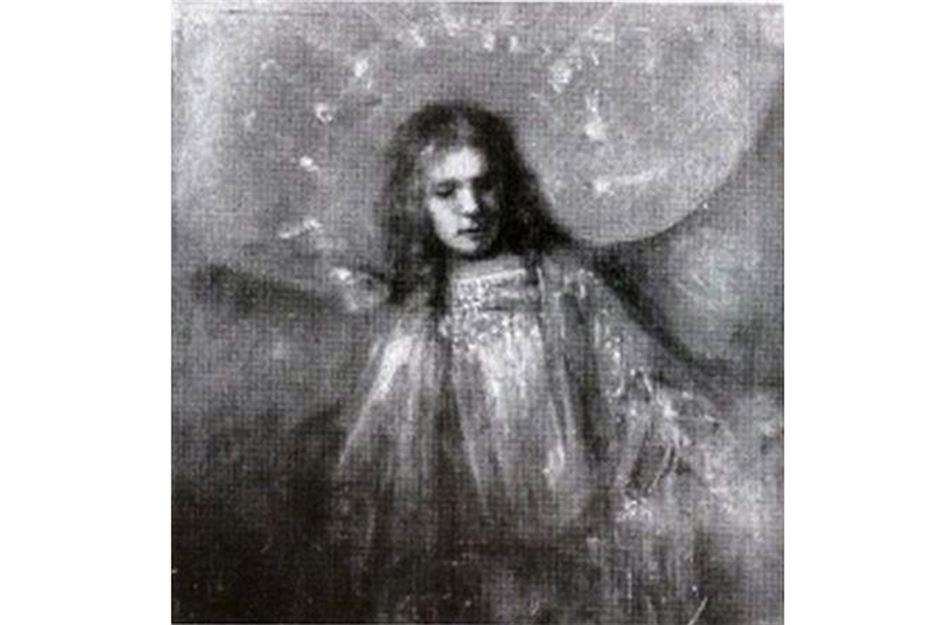
Another artwork swiped by the Nazis is An Angel with Titus’ Features by Rembrandt, which depicts the Dutch master’s son. The painting had been kept in a chateau in the French countryside, but was stolen during the invasion in 1943. Soldiers took the piece to Paris, where it was set aside to be installed in Hitler’s Führermuseum.
Rembrandt’s An Angel with Titus’ Features

Despite having failed to become an artist himself, Hitler fancied himself as a critic and collector, and hoped to establish the Führermuseum in Linz, Austria, where he had spent his childhood. The collection would have exhibited around 300 treasures stolen by the Third Reich, and it was designed to look like the House of German Art (pictured), which he did manage to establish in Munich. More than 160 pieces of artwork have been recovered since then, but Rembrandt’s portrait remains missing.
Michelangelo’s Head of Faun
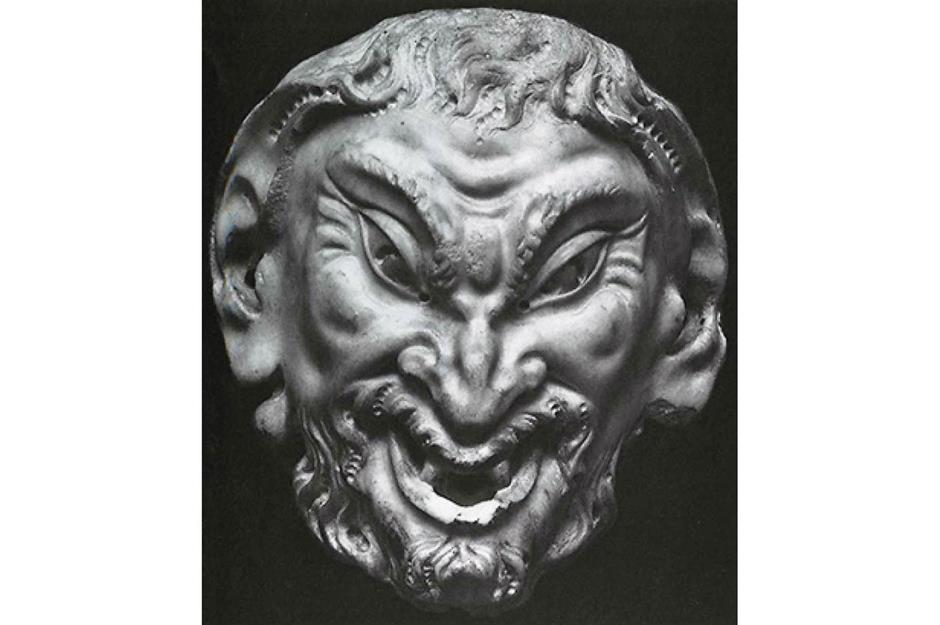
Michelangelo’s Head of Faun
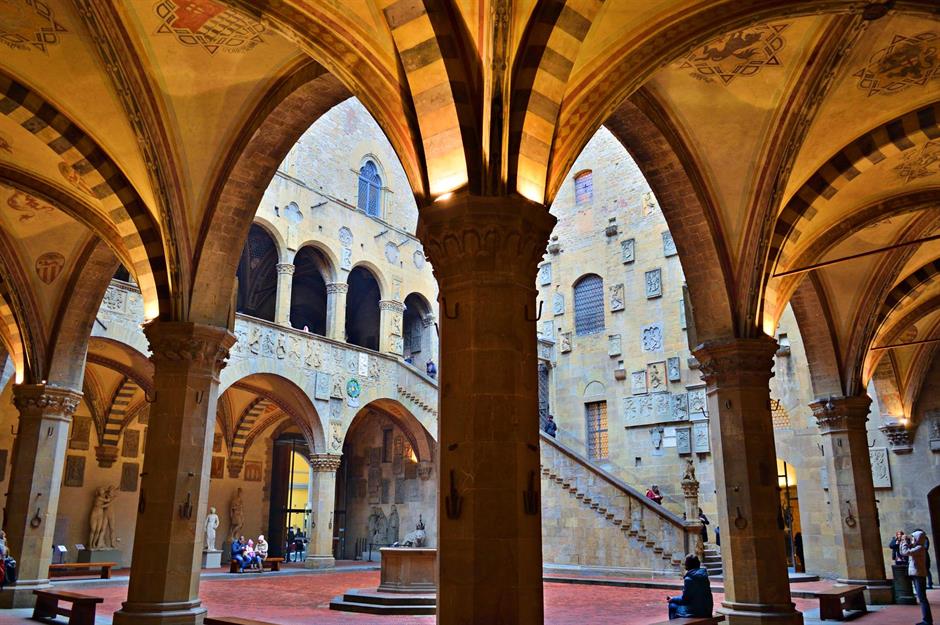
Nazi Gold Train

Nazi Gold Train

The train, which may even contain the lost Amber Room, has inspired numerous searches but its whereabouts, and even its very existence, remain shrouded in mystery. Be that as it may, hunts for the treasure continue.
Amber Room

Amber Room
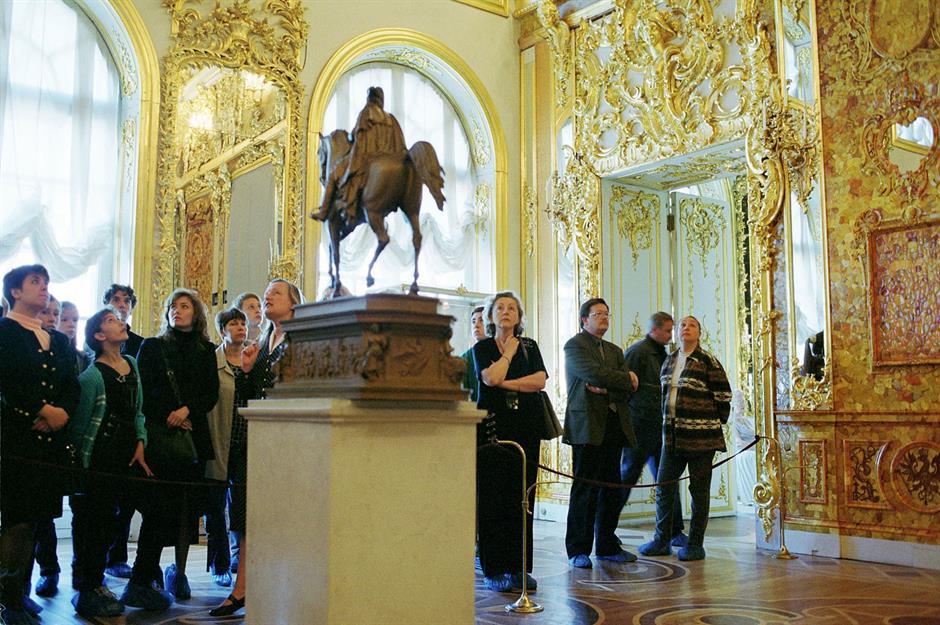
Theories abound as to its whereabouts, but the spectacular treasure has never been located. The most recent news on the treasure is that the dismantled paneling could be lying among a Nazi shipwreck discovered off the coast of Poland. Thankfully, experts were able to create an exact replica of the Amber Room in 2004 using original drawings and old photos.
Lake Toplitz treasure

About 40 miles southeast of Salzburg, Austria lies a lake surrounded by mystery. As the end of World War II came to a close, and US troops were closing in, a group of Nazis dumped several boxes in Lake Toplitz, which was part of a Nazi naval base at the time. There has been much speculation as to what may be in the boxes, from gold looted from across Europe to documents showing where items taken from Jewish people during the war had been held. If stories are to be believed, as much as $5.6 billion-worth of stolen gold could be lying in Lake Toplitz. But many people still question whether other treasures could be hidden within the lake’s murky waters.
Lake Toplitz treasure
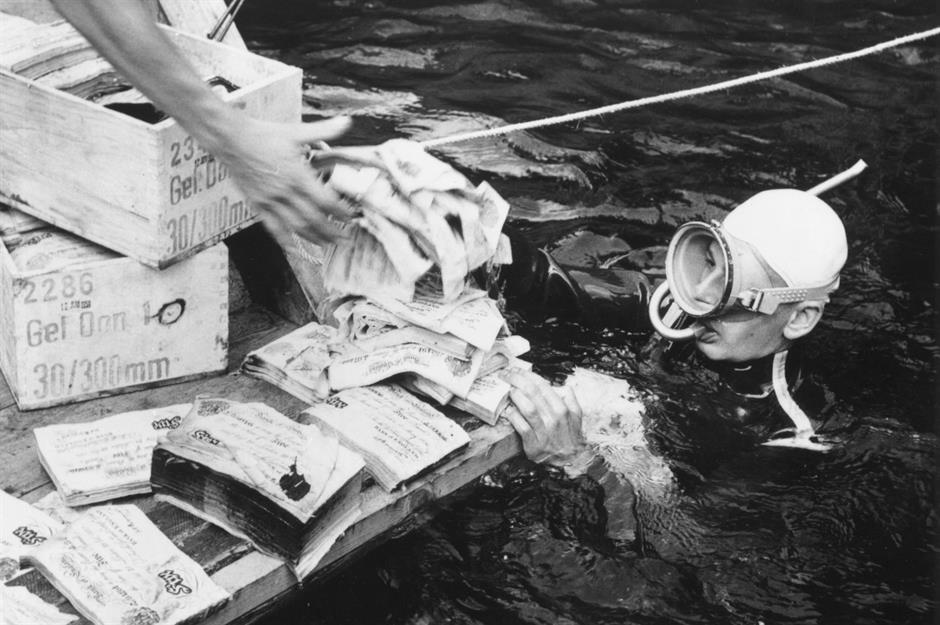
Patiala Necklace

Patiala Necklace

Caravaggio’s Nativity with St. Francis and St. Lawrence
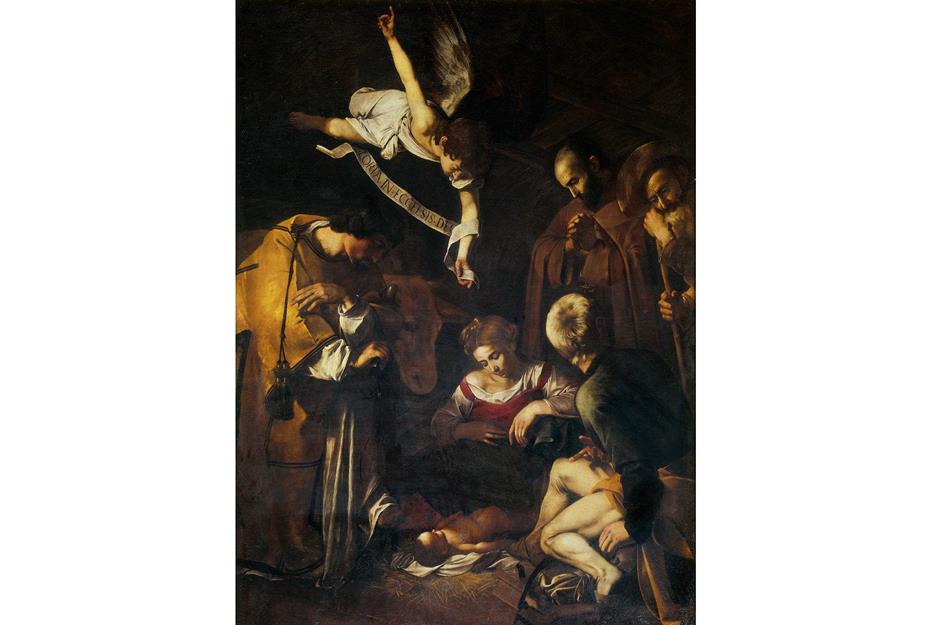
Caravaggio’s Nativity with St. Francis and St. Lawrence

Nativity with St. Francis and St. Lawrence has since been dubbed one of the FBI’s most wanted stolen artworks, as it still hasn’t been recovered. A replica was commissioned to fill the empty frame in 2015 (pictured), while detectives continue to look for the missing masterpiece. The most recent development in the investigation is that the Mafia sliced off a piece of the painting to try and convince the Catholic Church to cut a deal for its return, as reported by the Guardian. Police are also investigating claims that the Mafia has been in touch with an art dealer in Switzerland.
Van Gogh's Poppy Flowers

Van Gogh's Poppy Flowers

Vermeer's The Concert
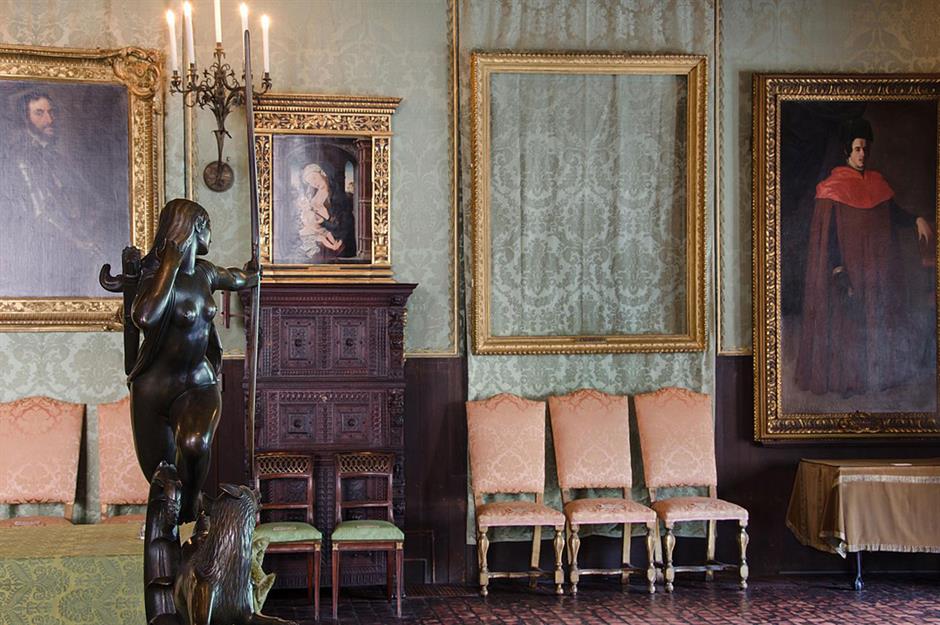
The most valuable stolen painting ever, Johannes Vermeer's The Concert, which dates from 1664, was swiped along with Rembrandt's The Storm on the Sea of Galilee and 10 other important works of art during the infamous Isabella Stewart Gardner Museum theft in Boston in March 1990.
Vermeer's The Concert
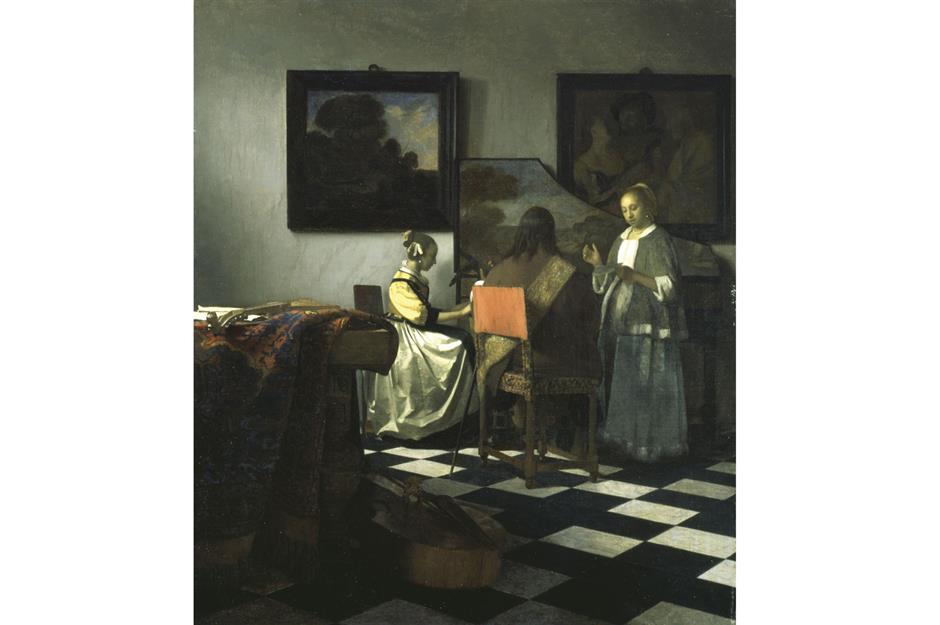
Worth a whopping $200 million, the painting was offered for sale in Philadelphia in the early 2000s by an organized crime syndicate but the FBI still hasn't been able to locate it, and allegations that the artwork was eventually shipped to the IRA by Boston's Winter Hill gang have recently surfaced.
Russborough House Hoard

Russborough House Hoard
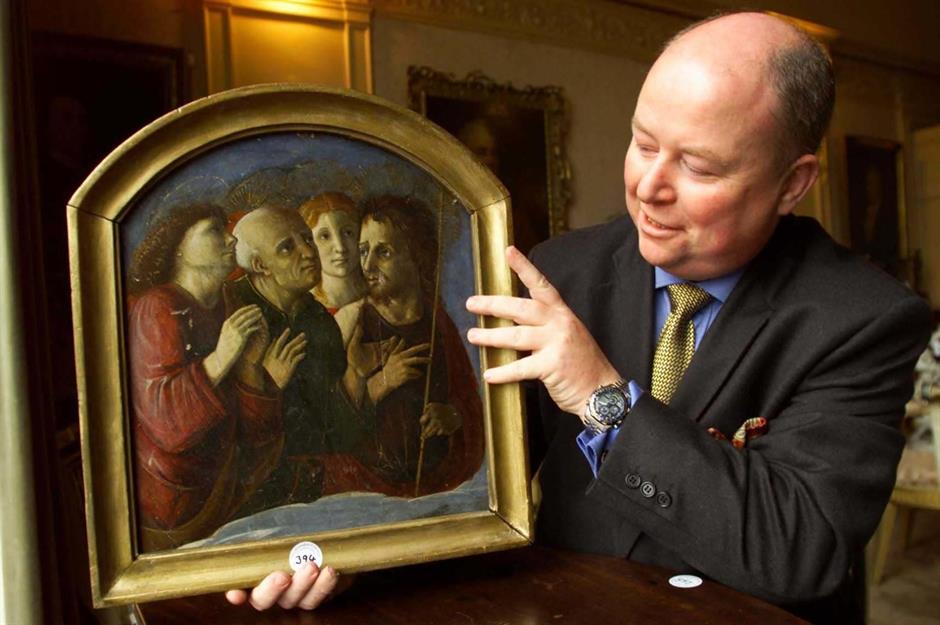
Cézanne's View of Auvers-sur-Oise

While the world rang in the new millennium with fireworks and celebrations, a thief took advantage of the distraction and broke into the Ashmolean Museum in Oxford, England to steal View of Auvers-sur-Oise, a landscape painting by Paul Cézanne. The artwork has a value of $3.9 million, and has now been lost for the last 20 years.
Cézanne's View of Auvers-sur-Oise
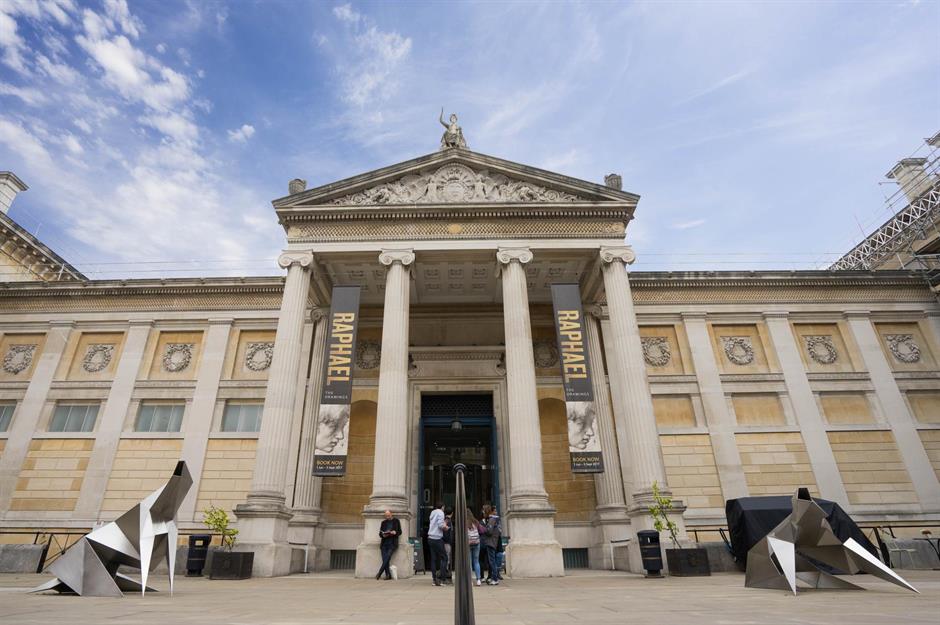
It’s clear from the heist's set-up that this wasn't an amateur burglary. Investigators found that the thief had cut a hole in the roof of the museum, the noise of which had been covered by the New Year's Eve fireworks, and used a rope ladder to climb into the art gallery. In true crime movie fashion, they then let off a canister to create a smokescreen to obscure their work from security cameras before leaving with the painting back up the ladder. The robbery took just 10 minutes. Authorities thought they had uncovered the stolen artwork a few months later in a pub in central England, but it turned out to just be a copy.
Charles Darwin's missing notebooks

Charles Darwin's missing notebooks
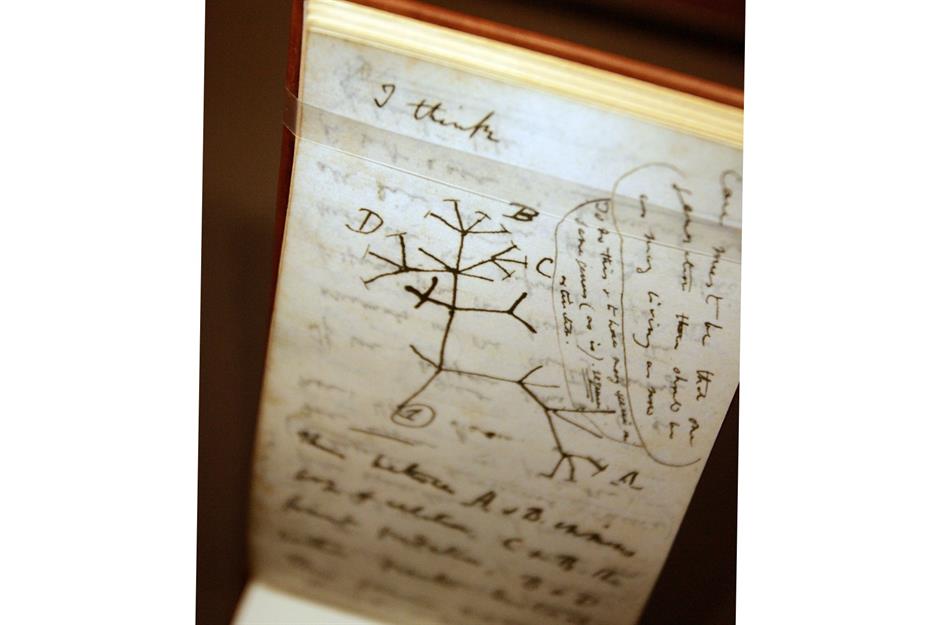
Staff at the university had removed the notebooks, one of which contains Darwin’s famous Tree of Life sketch (pictured), for photographing in 2000, and they haven’t been seen since. It is suspected that the notebooks were stolen. The university is desperate to retrieve the books that have now been lost for two decades, not only because of their tremendous historical and scientific value, but also because they are worth many millions of dollars.
Picasso’s Le Pigeon aux Petits-Pois
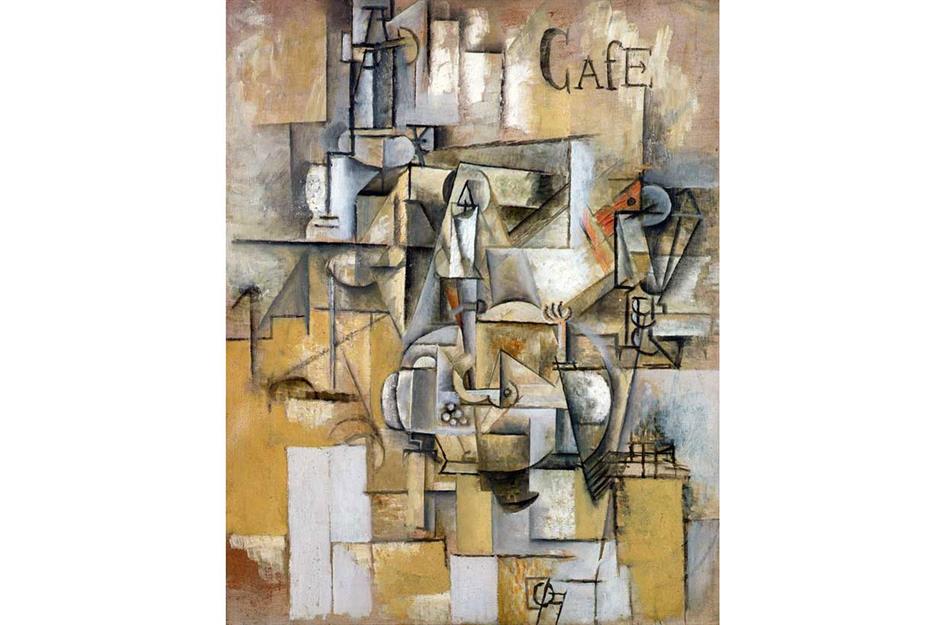
Picasso’s Le Pigeon aux Petits-Pois
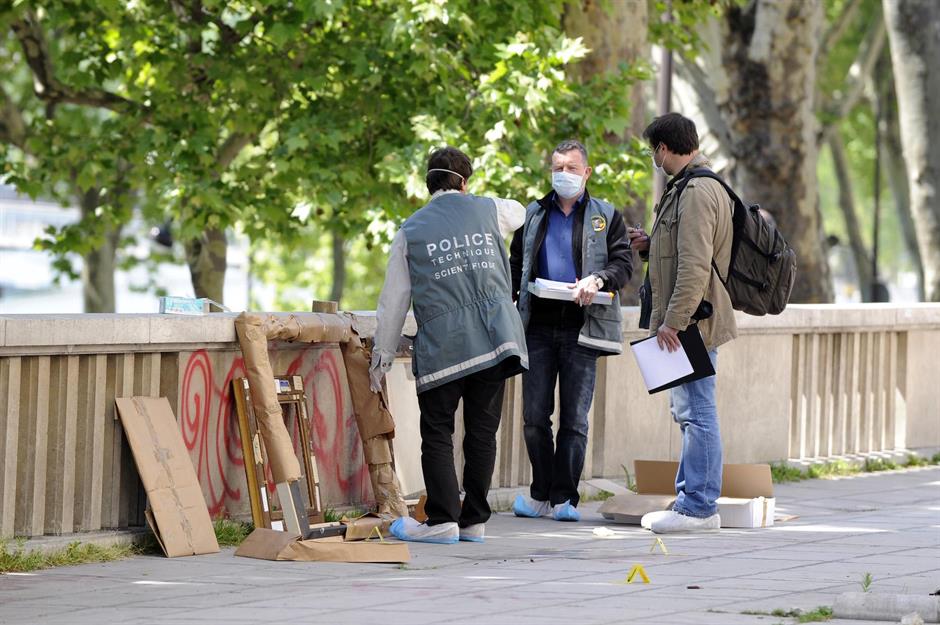
220-pound ‘Big Maple Leaf’ gold coin
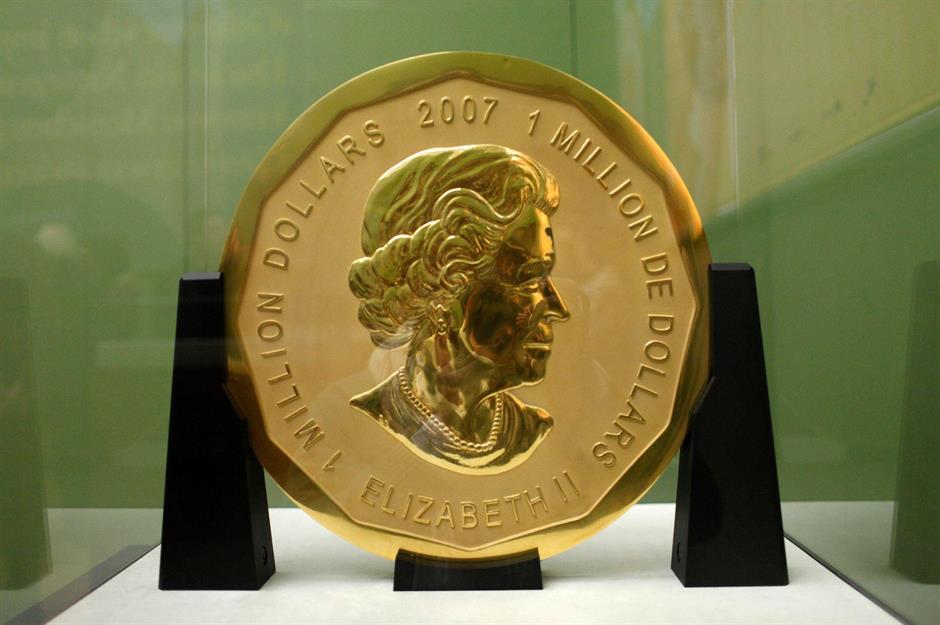
220-pound ‘Big Maple Leaf’ gold coin
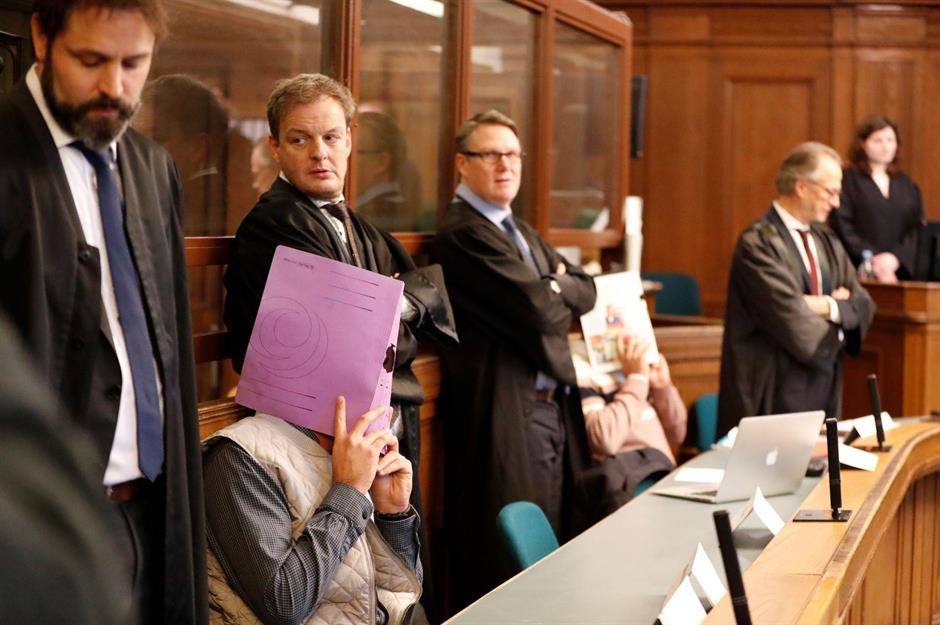
In the months after the heist, German police were able to arrest three men from a family linked to organized crime, as well as an employee from the museum who had advised the thieves on the building’s safety precautions. The trial ended in February 2020, with the robbers receiving jail sentences, but the giant coin remains lost. There are suspicions that it may have been melted down, as gold dust was found on the criminals’ car and clothing, but it is still possible that it could turn up in the future.
Blenheim Palace’s gold toilet
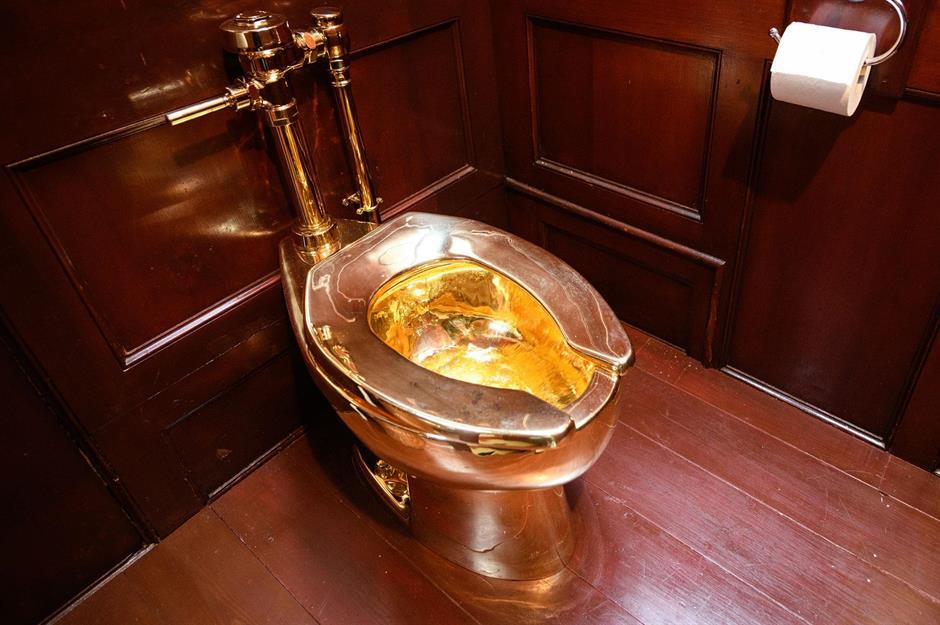
Artwork and gold feature heavily in this round-up, but how about a combination of the two in the form of this solid gold toilet? The fully-functioning bathroom art was created by Italian artist Maurizio Cattelan for an installation called America at Blenheim Palace, England and was stolen just days after its grand reveal in September 2019. Many believed the theft was a prank by the artist, who is known for his elaborate stunts, but that doesn’t seem to be the case. There is currently a $134,000 reward up for grabs for anybody who can return the toilet.
Blenheim Palace’s gold toilet

Van Dyck’s A Soldier on Horseback and two other artworks
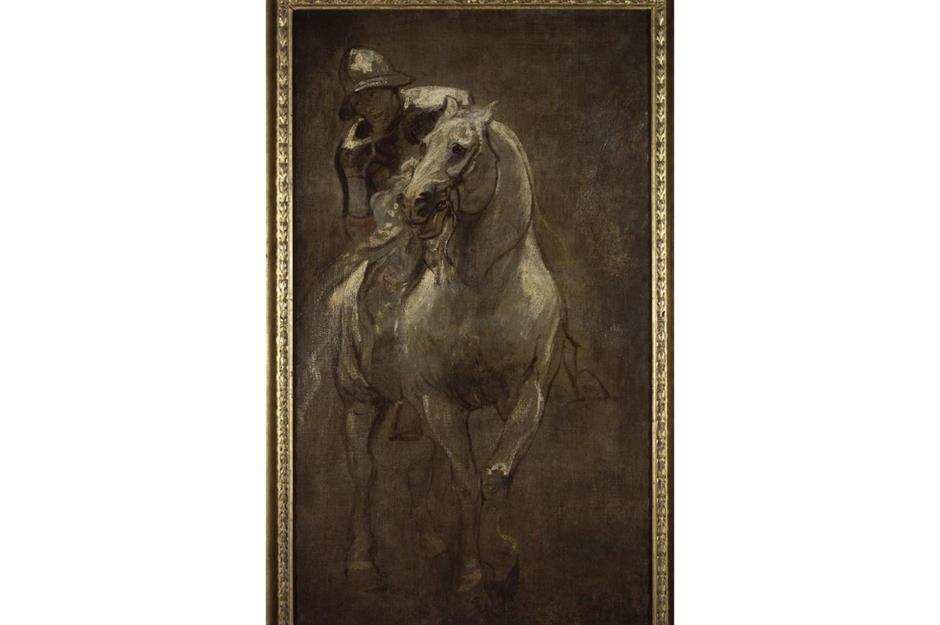
During the night of 14 March 2020, A Soldier on Horseback, which dates back to 1616, was taken from the Christ Church Picture Gallery at Oxford University, England. The Anthony Van Dyck piece is valued at $1.2 million and was stolen along with A Rocky Coast, with Soldiers Studying a Plan, a 1640s piece by Salvator Rosa and Annibale Carraci’s A Boy Drinking, which dates back to 1580.
Van Dyck’s A Soldier on Horseback and two other artworks

Van Gogh’s Parsonage Garden at Nuenen in Spring

Another world-famous piece of art went astray in March, in the form of Vincent Van Gogh’s Parsonage Garden at Nuenen in Spring. Thieves smashed their way into the Singer Laren Museum in the Netherlands on 30 March, Van Gogh’s birthday, and disappeared with the painting before the authorities reached the scene.
Van Gogh’s Parsonage Garden at Nuenen in Spring

Frans Hals’ Two Laughing Boys

Staying in the Netherlands, Frans Hals’ Two Laughing Boys was stolen from the Hofje van Mevrouw van Aerden museum in Leerdam in the early hours of 27 August. This wasn’t the first time the painting had fallen into the hands of thieves, as it was actually stolen from the same museum back in 1988, and again in 2011. It took three years to track down the painting after it first disappeared, and six months after the burglary in 2011.
Frans Hals’ Two Laughing Boys
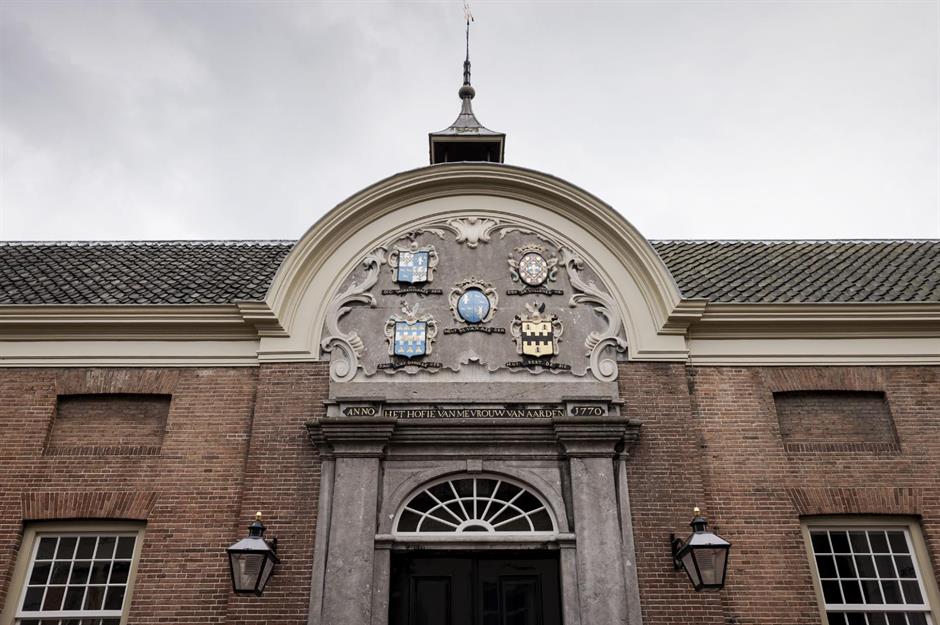
The painting, which depicts two men laughing over a mug of beer, dates back to 1626 and is estimated to be worth $18 million. It’s thought that the thieves broke into the small museum through the back door. While police have been able to view CCTV footage, the painting’s location remains a mystery.
Now read about the world's priceless stolen treasures that were sensationally recovered
Comments
Be the first to comment
Do you want to comment on this article? You need to be signed in for this feature